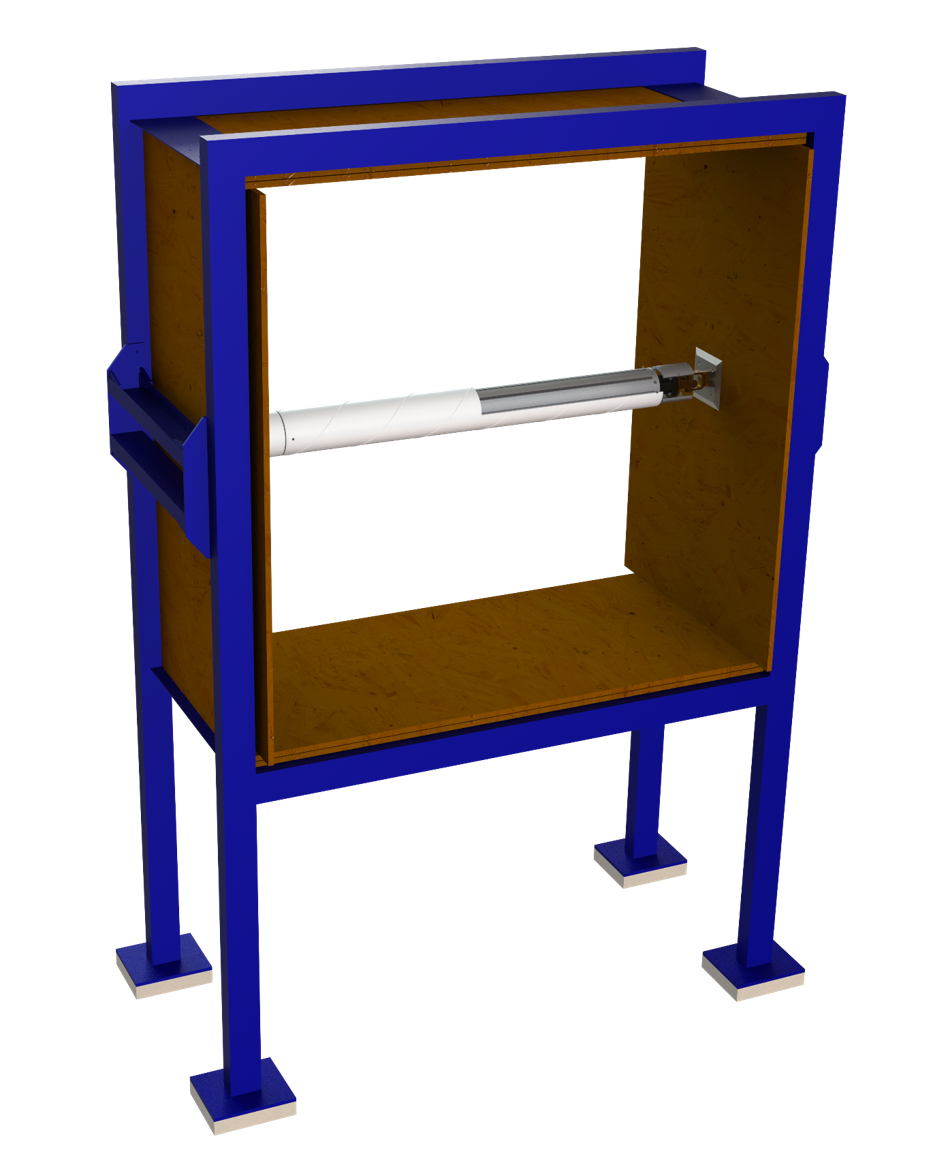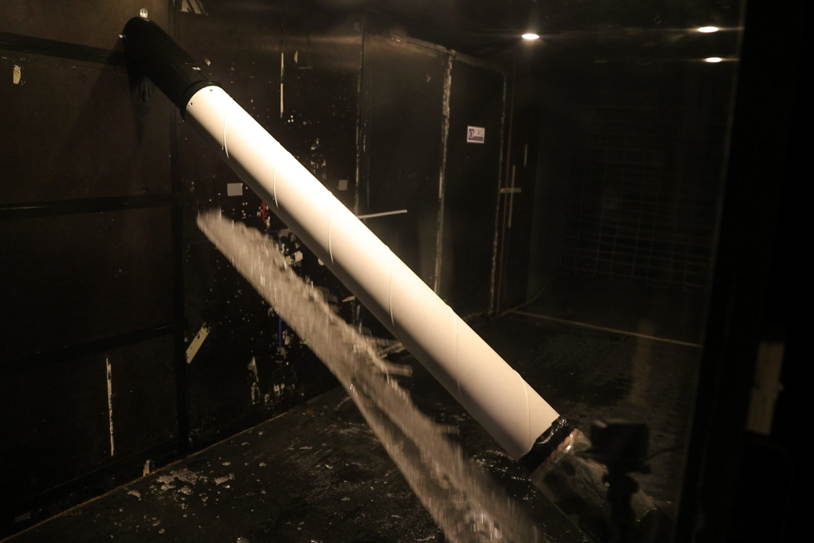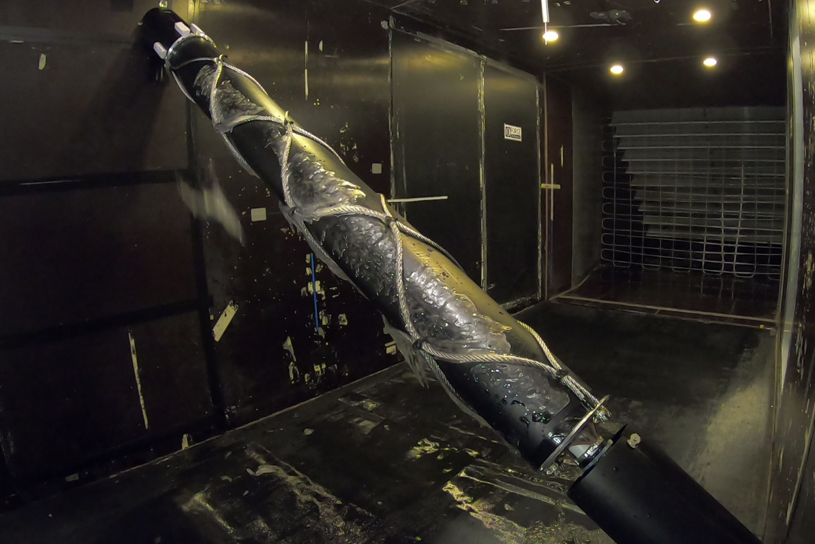Cable-supported bridges are a commonly used bridge type for medium to long spans. As the bridge spans become longer, the cable lengths and diameters increase as well. This in turn contributes to a rising incidence of various cable vibration phenomena and also leads to higher levels of wind load. Moreover, the bridge cables can suffer from ice and snow accretions, which may shed in pieces of considerable size and weight and therefore pose a significant hazard for the traffic below.
One of the possible solutions to improve the aerodynamic performance and to mitigate the risk associated with ice shedding is to modify the surface of bridge cables. The current project is a collaboration between Aarhus University and VSL International Ltd. and aims to investigate the behavior of bridge cables fitted wire meshes. An optimal design of the wire mesh would allow to retrofit existing bridges having icing issues and to reduce the use of cable dampers on new bridges

Two currently used cable surfaces, helically-filleted and pattern-indented, firstly emerged on the market as countermeasures against the rain-wind-induced as well as other types of vibrations [1]. However, they have been shown not to fully suppress the cable vibrations and therefore maintenance-expensive dampers are often used. Moreover, they exhibit issues with ice shedding, which might lead to bridge closures and insurance claims [2].


Previous studies have shown that by modifying the cable surface it is possible to reduce the wind load acting on the bridge cables, to suppress vibrations and to mitigate the risk of falling ice at the same time [3,4]. The newly proposed cable surface modification benefits from the fact that it is not an integral part of the bridge cable protective sheathing and therefore can be implemented on both existing and new bridges. It is referred to as Ice-Retention Wire Mesh (IRWM) due to its capability of retaining the ice, which leads to longer melting times and fragmentation of the ice.

An extensive wind tunnel test campaign takes place at a climatic wind tunnel facility (CWT) of FORCE Technology in Kgs. Lyngby, Denmark. The test program includes tests and methods like
• static tests in dry conditions
• rain-rivulet suppression tests
• flow visualization tests
• dynamic tests
• ice accretion and ice shedding tests.
Further testing shall be performed and compared at a different test facility able to test:
• at high Reynolds number
• larger aspect ratios of the cables
• snow accretion and shedding



